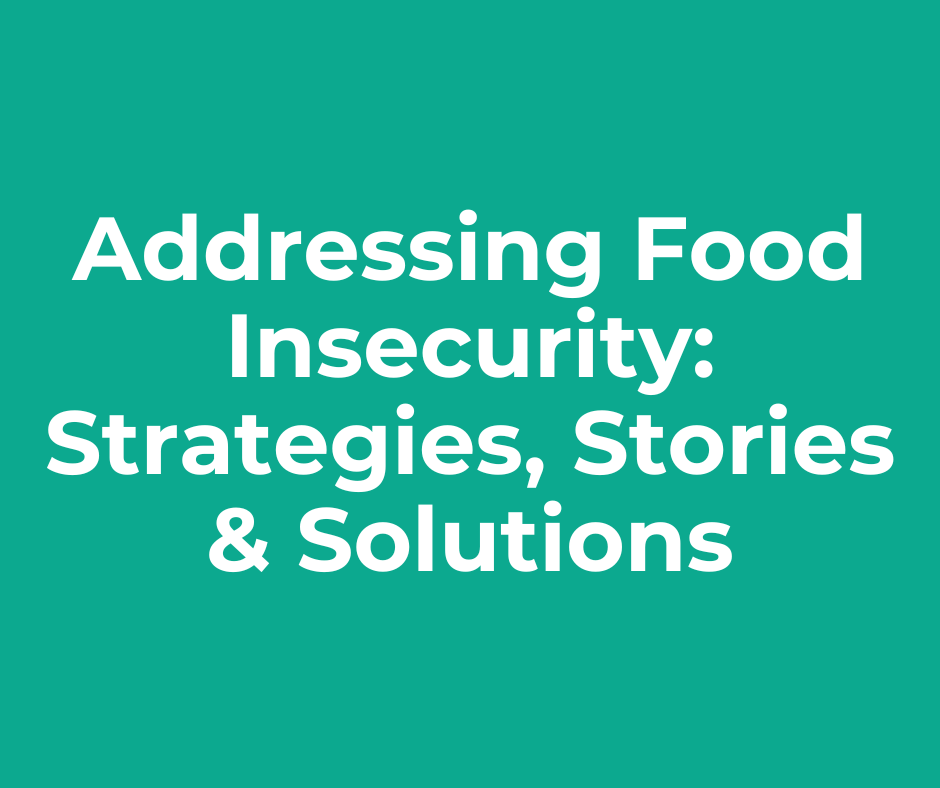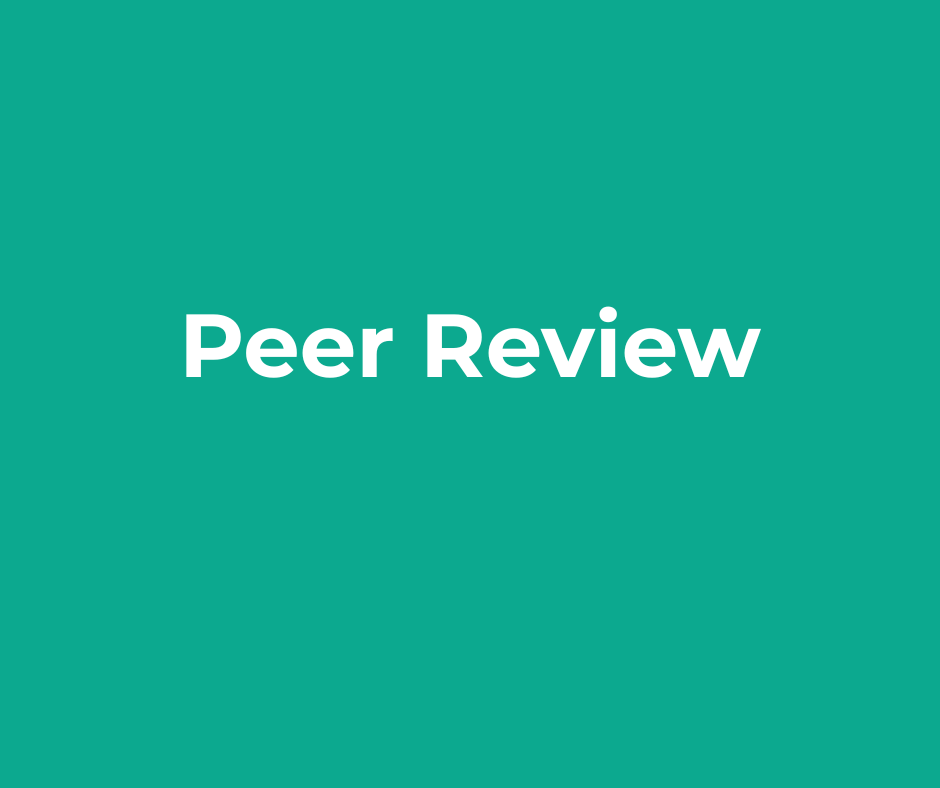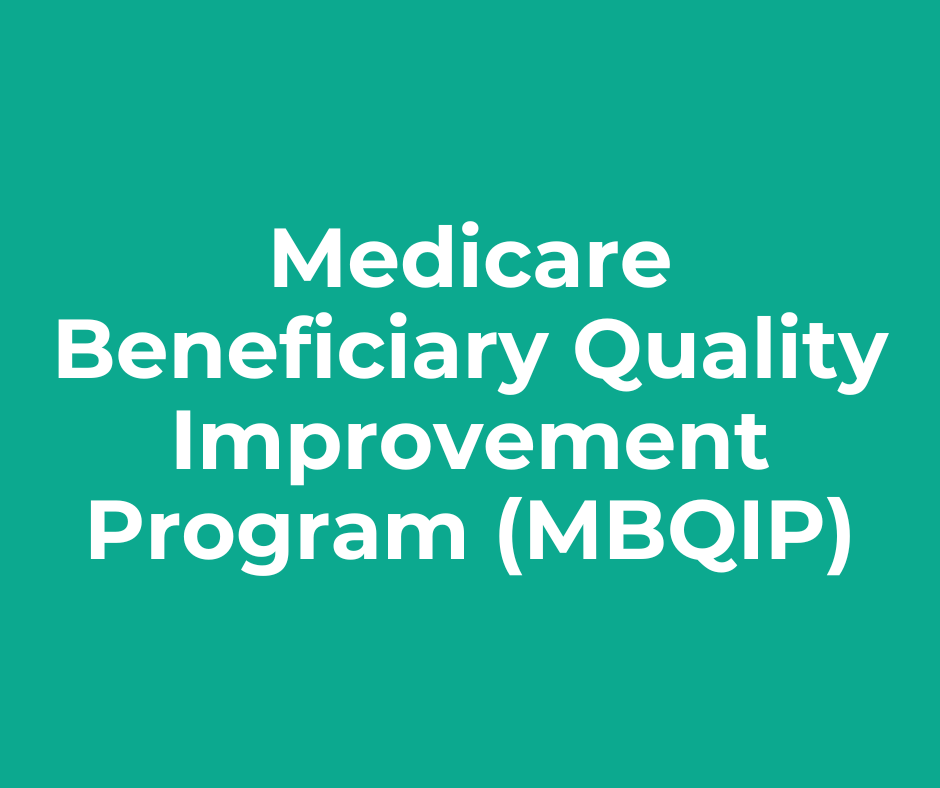The Patient Safety Surveillance and Improvement System (PSSIS) was created for the purpose of improving patient safety, eliminating adverse events in Vermont hospitals, and supporting and facilitating quality improvement efforts by hospitals. The Vermont Department of Health is charged by statute to operate the PSSIS, and contracts with VPQHC to administer the System.
Reporting Forms:
According to State statute (and the PSSIS Rule), each Vermont hospital must:
- Establish internal policies and procedures to identify, track and analyze all adverse events and near misses
- Report to the Patient Safety Surveillance and Improvement System incidences of any of the National Quality Forum's serious reportable events, and for each event:
- Conduct an appropriate causal analysis (and file with the PSSIS)
- Develop and implement a corrective action plan (and file with the PSSIS)
- Report any incidence of an intentional unsafe acts (defined in the PSSIS Final Rule)
- Develop Disclosure policies and procedures delineating when and how to provide and document disclosure
- Cooperate with periodic on-site monitoring visits
More Resources:

The Addressing Food Insecurity: Strategies, Stories & Solutions session explored how healthcare settings can identify and respond to food insecurity through practical strategies, partnerships, and patient-centered solutions. It featured Rayna Andrews, nationally recognized food justice advocate and author, alongside Vermont hospital leaders who shared on-the-ground stories and implementation lessons. The session recording and linked resources are available below to support continued learning and action. Feedback from participants: “What I found most valuable was learning about addressing food insecurity and nutrition insecurity and the impact of this within the communities we serve and how to consider this within the work we are already doing.” “Rayna’s knowledge on the topic was excellent.” “I was made aware of how food insecurity can affect many populations and how we can help resolve the issues.”



